Moving to a “safe” neighborhood is often seen as a wise decision, offering peace of mind and a better quality of life. However, this choice can come with several hidden financial pitfalls that potential movers should consider. Here are 18 key issues to be aware of:
Higher Property Taxes
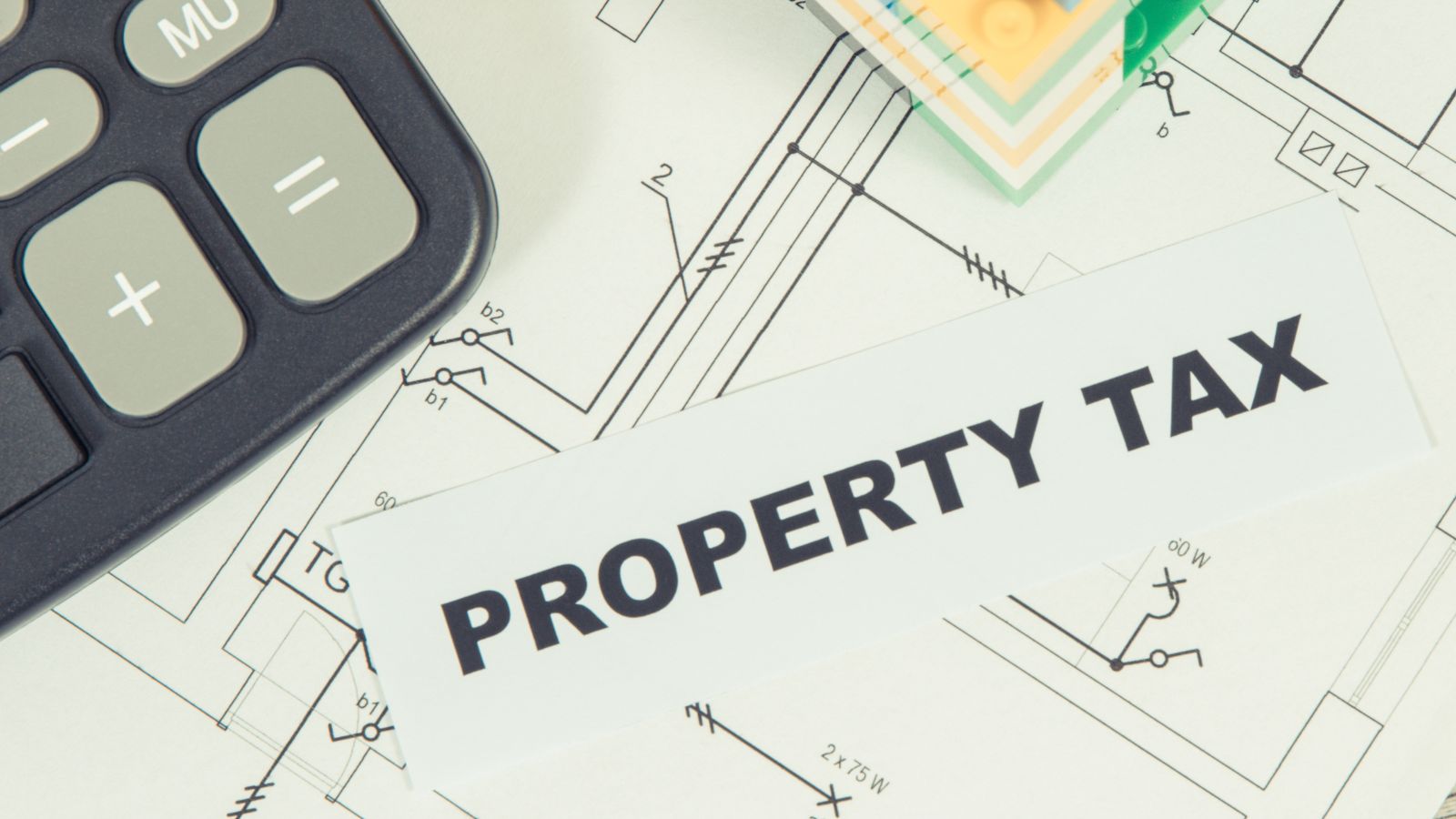
Higher property taxes are a significant financial consideration when moving to a safe neighborhood. These areas often have elevated property values, leading to increased tax assessments. This can substantially impact your annual budget, making it essential to factor in these costs when planning your move. Higher taxes can also affect your long-term financial goals because they represent a recurring expense that can grow over time with property value increases.
Increased Cost of Living

Moving to a safe neighborhood often comes with an increased cost of living. Everyday expenses such as groceries, dining, and services are higher in these areas. This can strain your budget over time, making it essential to plan accordingly. The higher cost of living can also impact your savings and financial goals, as you may need to allocate more funds to cover these daily expenses.
Homeowners Association Fees
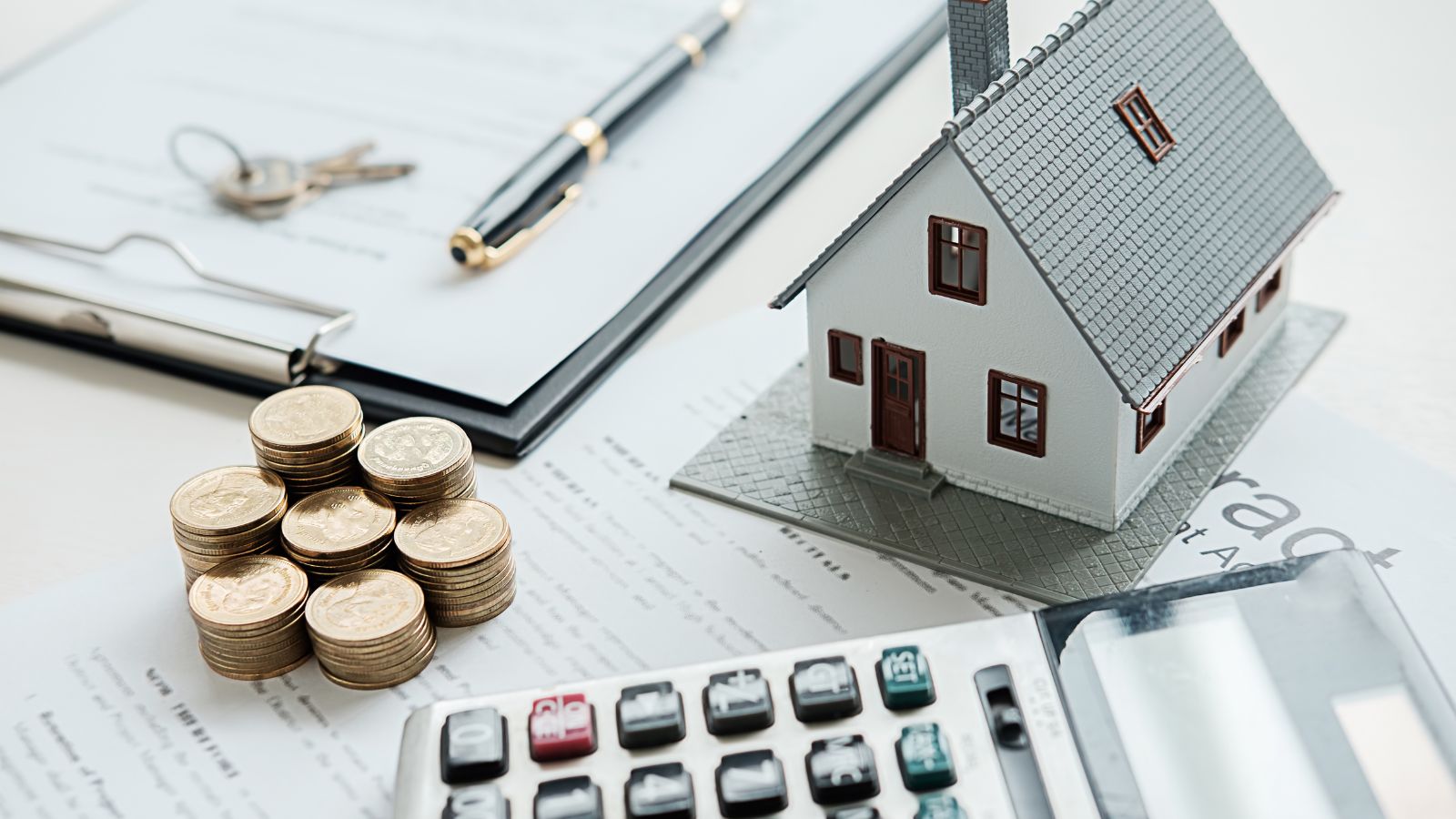
Homeowners Association (HOA) fees are an ordinary expense in safe neighborhoods. These mandatory fees can cover community maintenance, amenities, and services but can also add up quickly. Additionally, HOAs may charge special assessments for unexpected projects, furthering your costs. It’s important to factor in these fees when budgeting for a move, as they represent a recurring expense that can impact your overall financial planning.
Insurance Costs
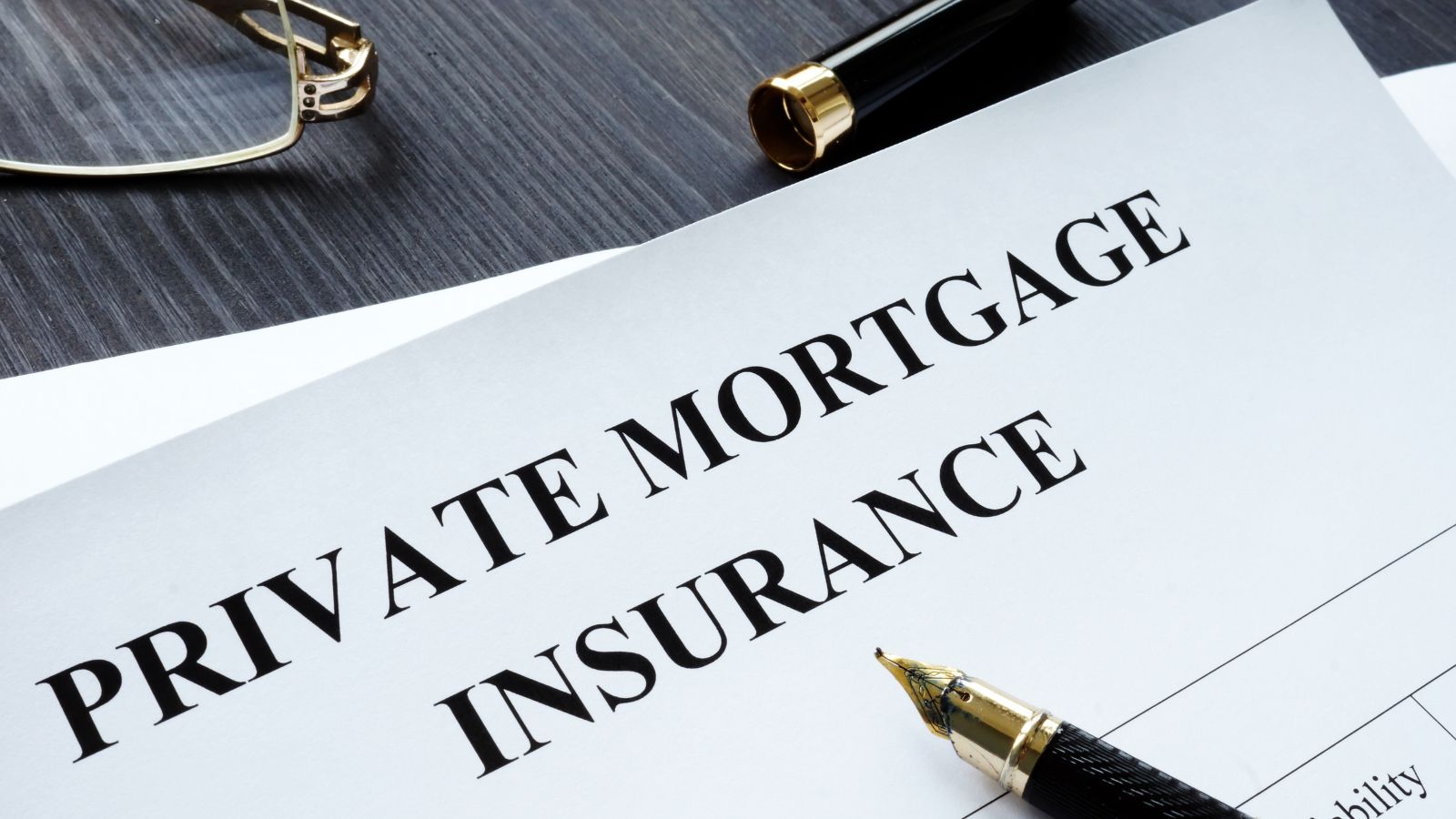
Insurance costs can be surprisingly high in safe neighborhoods. While lower crime rates might reduce some premiums, the higher value of homes often increases homeowners’ insurance costs. Additionally, health and car insurance premiums can also be higher due to the overall wealth of the area. These elevated insurance costs can significantly impact your budget, making it essential to account for them when planning your move.
Maintenance Costs
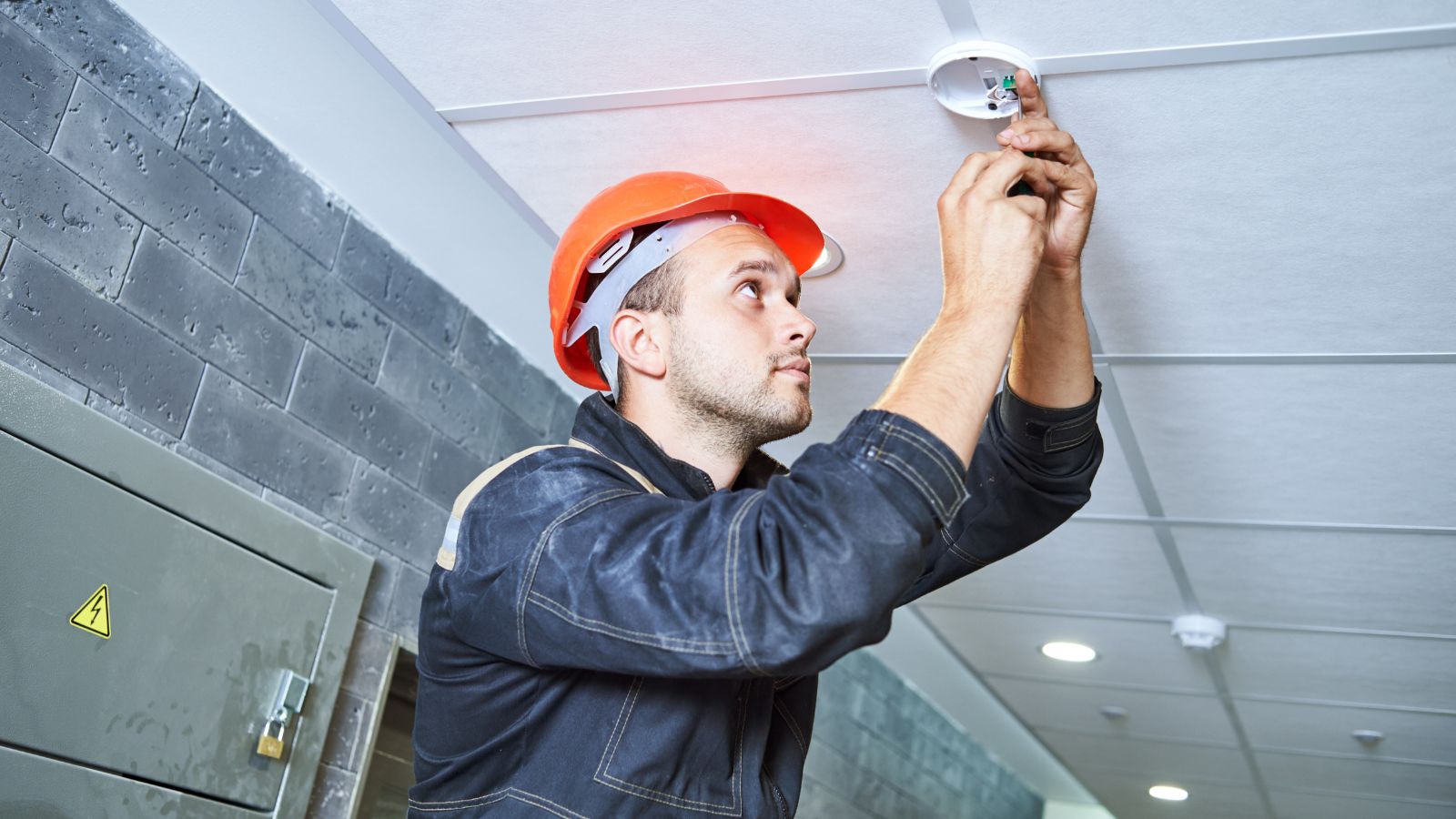
Safety neighborhood maintenance costs can be notably higher due to elevated community standards. Homeowners may need to invest more in landscaping, home repairs, and general upkeep to meet these expectations. Additionally, local regulations or HOA rules might require specific maintenance practices, increasing expenses. These ongoing costs can add up over time, making it crucial to budget for regular maintenance when considering a move to a safer area.
Renovation Requirements
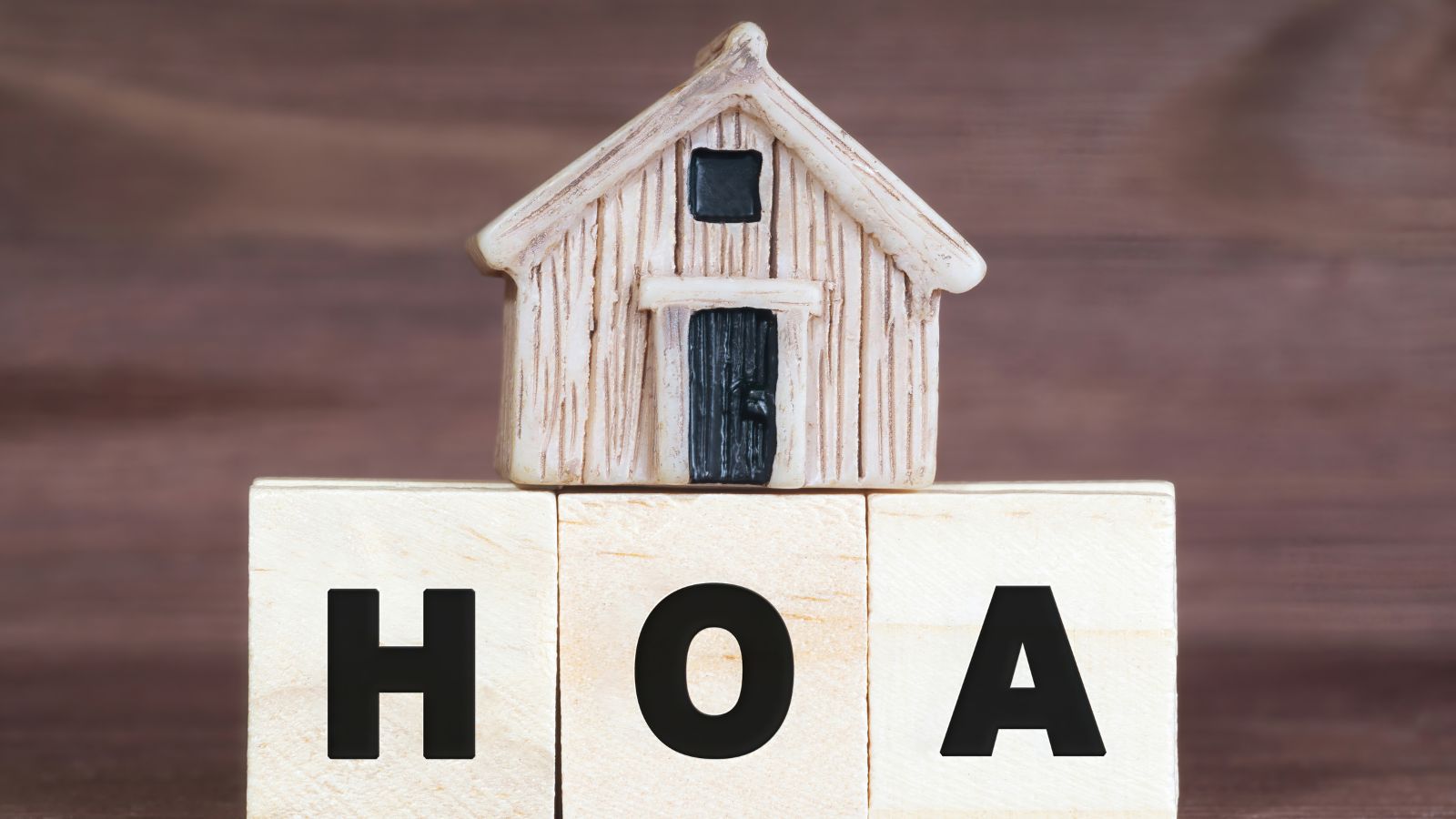
Renovation requirements in safe neighborhoods can be a significant financial burden. Homeowners Associations (HOAs) or local regulations often mandate specific renovations to maintain community standards. These requirements include exterior updates, landscaping improvements, or structural changes. Such renovations can be costly and time-consuming, adding unexpected expenses to your budget. Considering these potential costs when planning a move is essential to ensure you can meet these standards.
Commuting Expenses

Commuting expenses can rise significantly when moving to a safe neighborhood, often located farther from urban centers or workplaces. Increased fuel costs, public transportation fares, and vehicle maintenance can strain your budget. Also, longer commutes can lead to more wear and tear on your vehicle, increasing expenses. It’s crucial to factor in these costs when planning your move to ensure they fit within your overall financial plan.
School Fees

School fees can be a hidden cost when moving to a safe neighborhood, especially if the area is known for its high-quality schools. These fees might include tuition for private or charter schools and additional costs for extracurricular activities, school supplies, and donations. These expenses can add up quickly, impacting your overall budget. It’s important to consider these potential costs when planning your move to ensure they fit within your financial plan.
Utility Costs

Utility costs can be higher in safe neighborhoods, especially if homes are larger and more energy-intensive. Increased electricity, water, and heating bills can significantly impact your monthly budget. Additionally, some areas may have higher utility rates due to local regulations or service providers. Considering these potential expenses when planning your move is important to ensure they fit within your overall financial plan and don’t strain your resources.
Hidden Crime

Even in safe neighborhoods, hidden crime can be a concern. Issues like property crimes, fraud, or cybercrime might not be immediately apparent but can still impact your finances. These hidden crimes can lead to unexpected expenses, such as increased security measures or financial losses. It’s important to stay vigilant and consider these potential risks when planning your move to ensure your financial well-being is protected.
Economic Downturns

Economic downturns can impact safe neighborhoods, affecting property values and financial stability. Home values may decline during a downturn, leading to a loss in equity and potential financial strain. This can also affect local businesses and services, further impacting your cost of living. Considering these risks when planning your move is essential and ensuring you have a financial cushion to weather potential economic challenges.
Investment Risks

Investment risks are a crucial consideration when moving to a safe neighborhood. High property values mean greater financial exposure if the real estate market declines. This can lead to a loss in home equity and impact your overall investment portfolio. Additionally, tying up significant funds in property may limit your ability to invest in other opportunities with potentially higher returns. It is essential to balance these risks with your financial goals.
Limited Rental Income
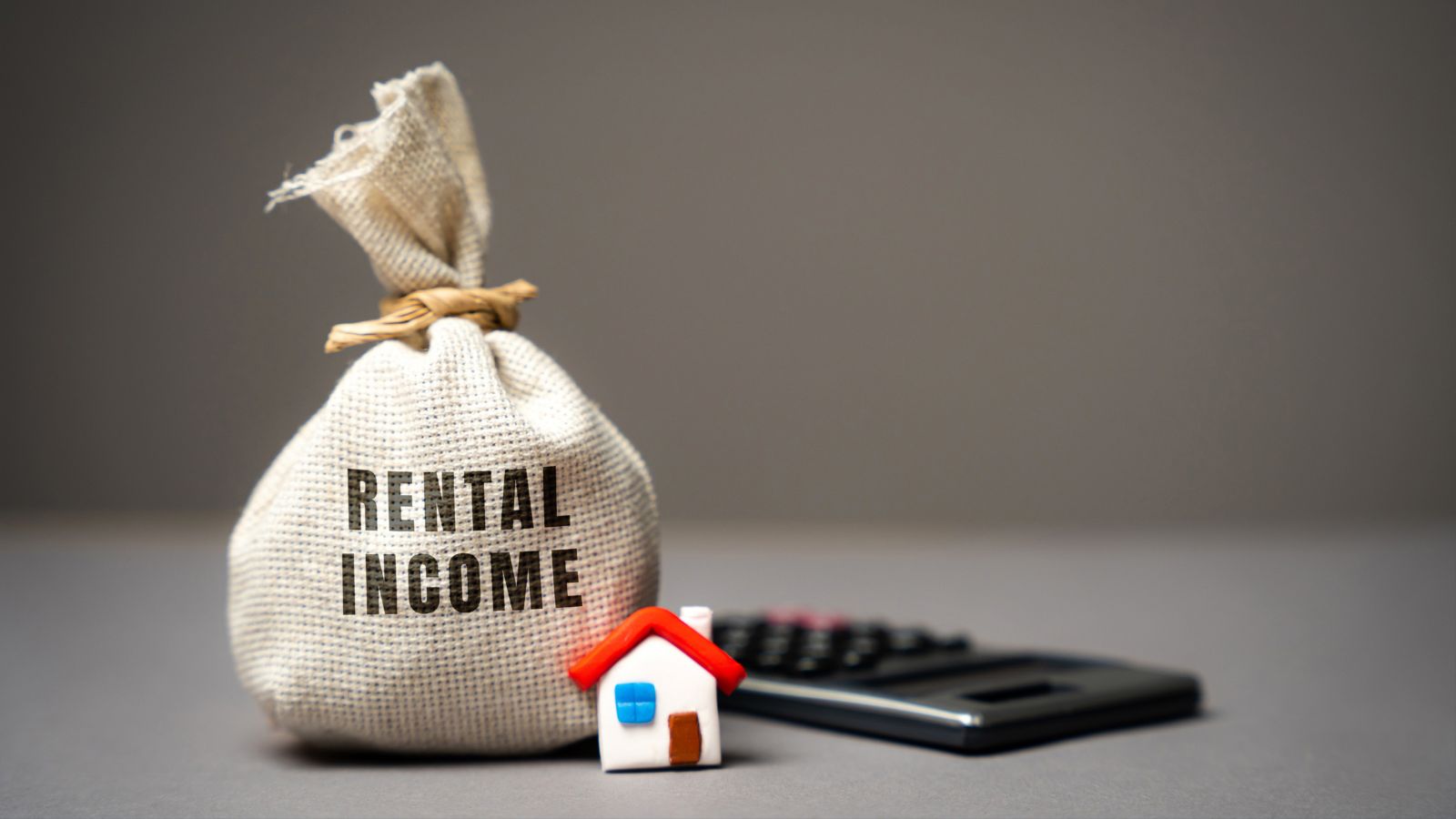
Limited rental income can be a challenge when moving to a safe neighborhood with high property values. High purchase prices can limit your rental income if you plan to rent out your property. This can affect your return on investment. Higher property taxes and maintenance costs can further reduce your net rental income. It’s essential to carefully evaluate these factors to ensure your rental property remains financially viable.
Gentrification

Moving to a gentrifying area can lead to unexpected costs and changes in the community. Property values and living expenses can rise as areas become more desirable, potentially displacing long-term residents. This can lead to increased prices for goods and services and higher taxes. The community’s character may also change, impacting your overall living experience. Consider these important factors when planning your move to ensure it aligns with your financial and lifestyle goals.
Legal Fees

Legal fees can be an unexpected expense when moving to a safe neighborhood. Disputes with Homeowners Associations (HOAs) or neighbors over property boundaries, maintenance standards, or community rules can lead to costly legal battles. Additionally, navigating local regulations and compliance issues might require legal assistance. These fees can add up quickly, impacting your budget and financial planning. It’s important to consider these potential costs when evaluating a move.
Unexpected Assessments
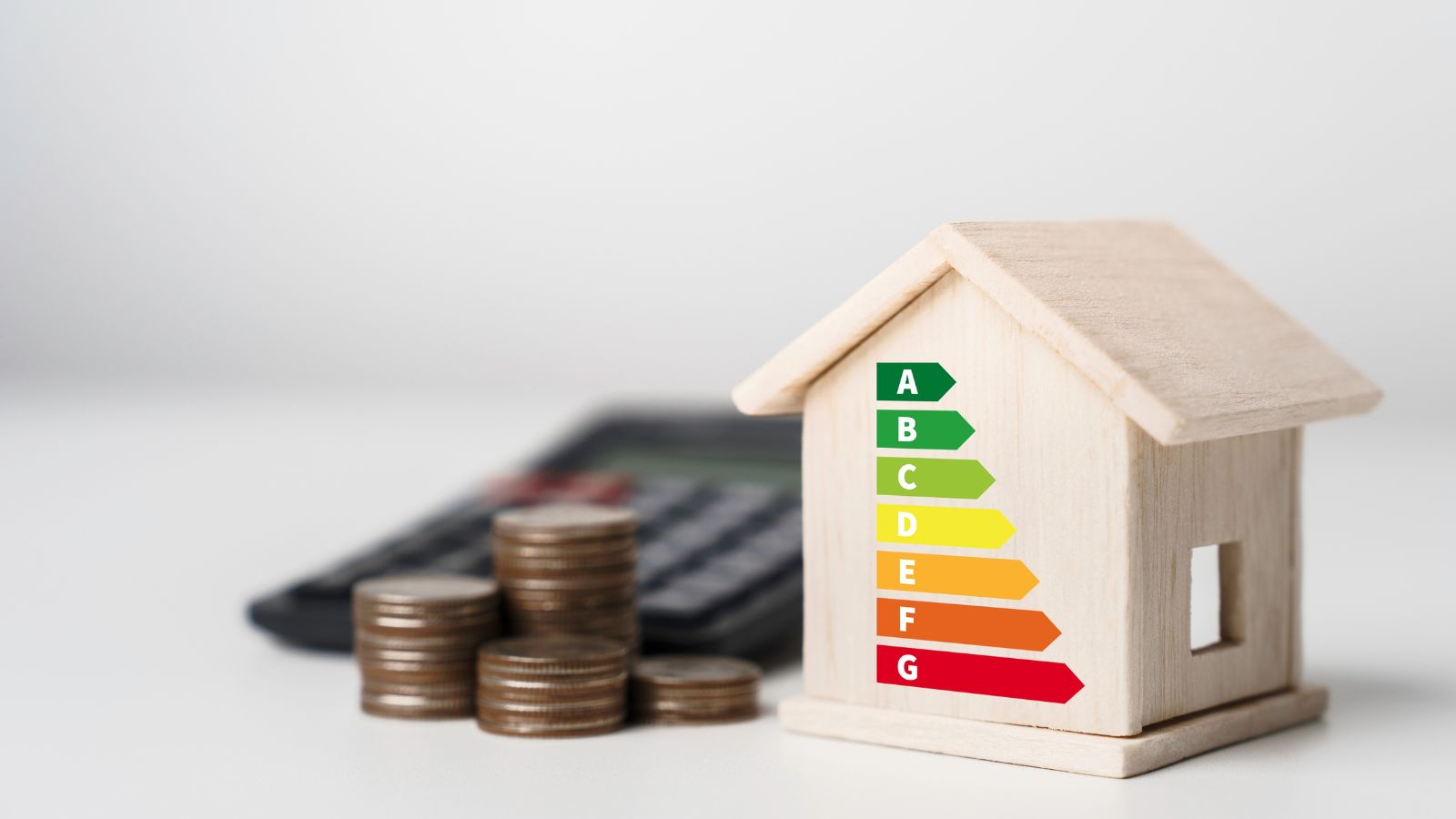
Unexpected assessments can be a financial surprise in safe neighborhoods with Homeowners Associations (HOAs). These assessments are additional fees for community projects, such as road repairs or new amenities. They can arise suddenly and be substantial, impacting your budget. It’s important to be aware of this possibility and factor it into your financial planning when considering a move to ensure you can handle these unexpected costs.
Lifestyle Inflation

Lifestyle inflation can be a hidden cost when moving to a safe neighborhood. The desire to keep up with wealthier neighbors and increase spending on social activities, dining out, and luxury items. This can strain your budget and impact your savings and financial goals. It’s essential to be mindful of these pressures and maintain a balanced approach to spending to ensure long-term financial stability.
Opportunity Costs
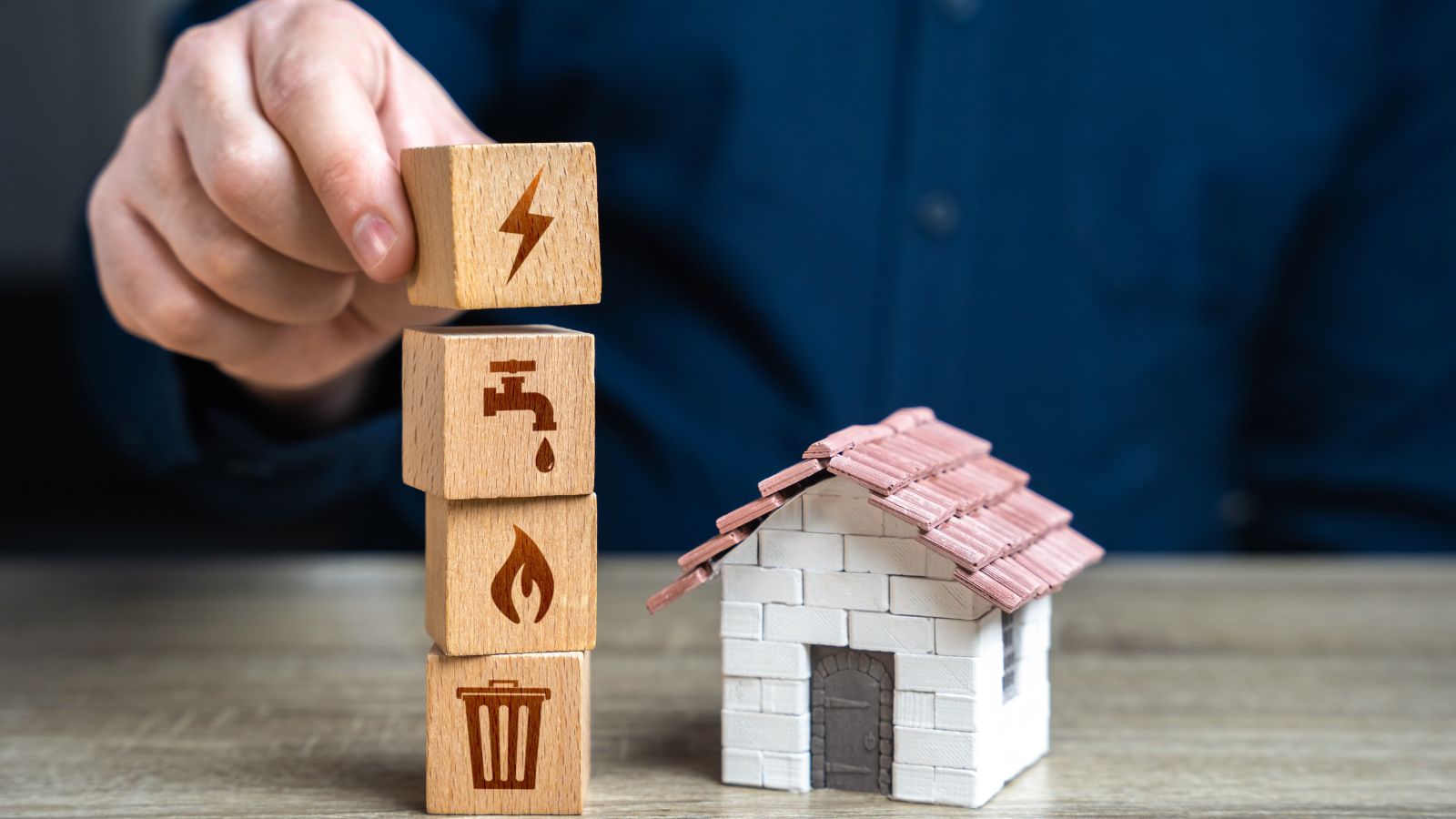
Opportunity costs are a crucial consideration when moving to a safe neighborhood. The money invested in an expensive home could be invested elsewhere for higher returns. This includes stocks, bonds, or other investment opportunities. This includes stocks, bonds, or other investment opportunities. By allocating a large portion of your finances to real estate, you might miss out on these alternative investments, impacting your overall financial growth and diversification strategy.
Conclusion

While moving to a safe neighborhood has benefits, it’s crucial to consider these hidden financial pitfalls. By being aware of these potential issues, you can make a more informed decision and better manage your finances. Consulting with a financial advisor can provide personalized guidance if you have any specific concerns or need further details.
18 Reasons Why People Are Leaving Florida in Masses

Exploring factors that impact the desirability of living in Florida, this list delves into various challenges shaping residents’ experiences. From environmental concerns like rising sea levels to economic factors such as fluctuating job markets, these issues collectively contribute to a nuanced understanding of the state’s appeal.
18 Reasons Why People Are Leaving Florida in Masses
